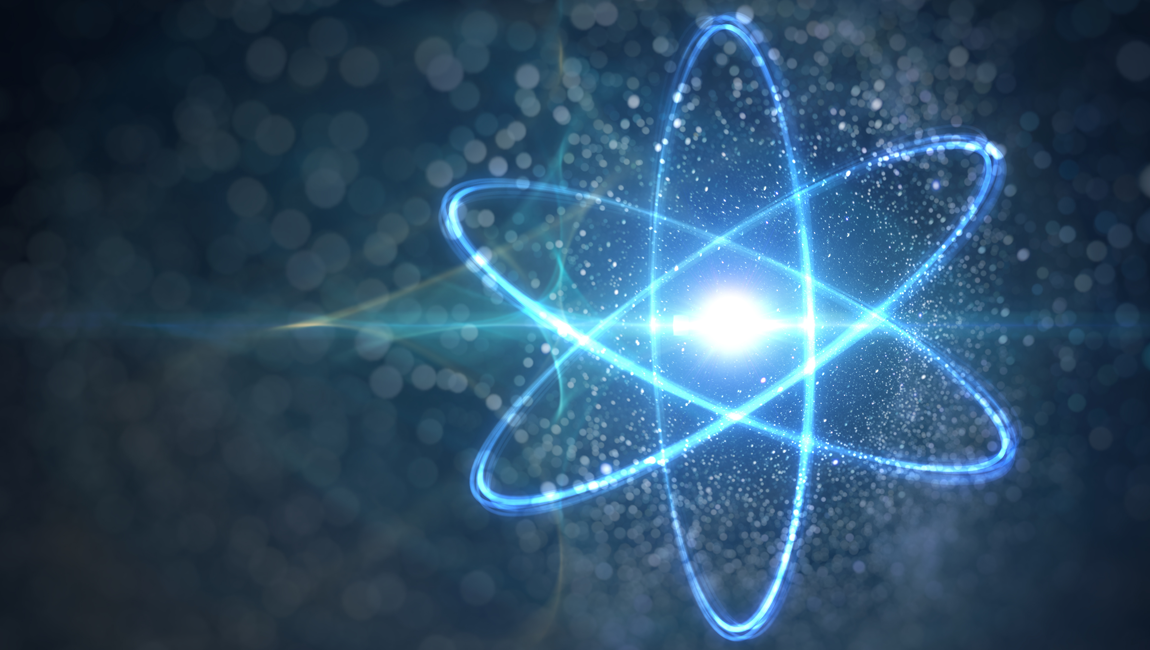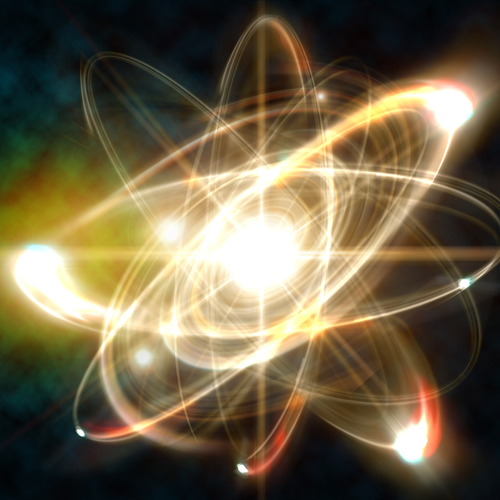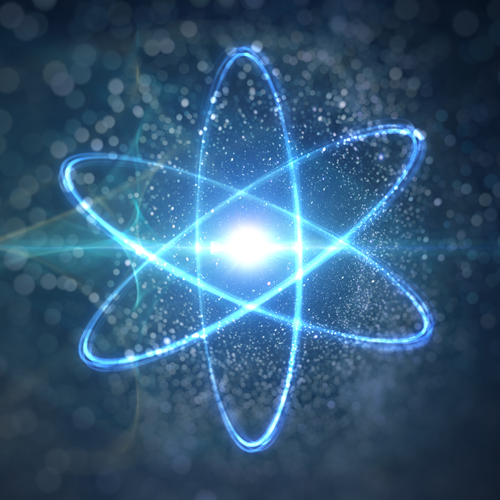Nuclear energy: how does it work? Is it renewable?

Splitting atoms to create clean energy
In discussions about the global transition to renewable and clean energy, nuclear energy is an oft-neglected or misunderstood category. Yet nuclear ranks as the second most common source of low-carbon electricity worldwide, just behind hydropower. Nuclear energy is certainly complex, but one simple way of conceptualizing it is as the energy produced by a chain reaction. As with all forms of energy—renewable or non-renewable—nuclear comes with its own set of pros, cons and processes.
How nuclear energy works
Nuclear energy is an efficient and more environmentally viable alternative to fossil fuels like coal, oil and natural gas. Uranium is used as the fuel for nuclear reactors. It is a radioactive element found in most rocks—or, to use the geological term, “ore”, which refers to natural rock or sediment containing valuable mineral(s).
While fossil fuel-dependent power plants burn coal, oil and gas to create heat, at a nuclear plant, heat is generated through a process called fission, or the splitting of uranium atoms to create energy. Heat emitted during the nuclear fission process produces steam. This steam then spins a turbine linked to an electromagnet, called a generator, which produces electricity.

Why nuclear energy is clean and sustainable
Nuclear energy is a zero-emissions source of clean energy. In fact, one report from the Nuclear Energy Institute showed that in 2019, the use of nuclear power helped the United States sidestep some 476 million metric tons of CO2 emissions.
Nuclear energy also contributes to keeping the air clean by aiding in the removal of pollutants that can pose a number of environmental or health problems, including smog, acid rain and lung cancer.
Aside from these benefits, nuclear energy is sustainable. Notably, nuclear energy has a small land footprint—meaning the space required for a facility or power plant producing staggering amounts of energy is miniscule, relative to other types of energy. This ties into nuclear fuel’s incredible density – one small, one-inch uranium pellet, for example, is equivalent to about 17,000 cubic feet of natural gas. As the United States Department of Energy describes it, an average 1,000-megawatt nuclear facility in the US only needs about one square mile to operate effectively, while wind and solar facilities need about 360 and 75 times that space, respectively.
Strictly speaking, to qualify as “sustainable,” an energy source must be available and maintainable for a clear window of time, for the length of human history that needs it. Nuclear energy falls under this category. But not all sustainable sources of energy are also renewable, and in the case of nuclear energy, whether or not it can be considered such is largely dependent on the source of uranium.
Nuclear energy: is it renewable or non-renewable?
While there is no doubt that nuclear energy is clean and sustainable, the question of whether or not nuclear energy is a renewable or non-renewable resource is a bit more nuanced. The definition of renewable energy is energy that self-replenishes through naturally recurring processes, such as the sun shining, the wind blowing or the tide coming in. Because of nuclear’s reliance on mined uranium, an element created long ago and unlikely to regenerate itself, this form of energy typically does not qualify as renewable.
However, it’s not always that simple. According to James Conca, an environmental scientist specialized in the geologic disposal of nuclear waste, if uranium were extracted from seawater rather than mined from ore, then nuclear power would be considered 100 percent renewable. This is because uranium mined from uranium rock formations and burned in reactors, once gone, is gone for good, while uranium extracted from seawater is replenished naturally and cyclically. Uranium concentrations of seawater emerge from chemical reactions between water and rock, and, in simple terms, garden-variety “weathering” of the rocks ensures that all elements in seawater are continuously regenerated.
The main obstacles to making seawater extraction of uranium more mainstream are economic, but technologies are being developed to make it a more common practice. As the global community continues to work toward less reliance on harmful fossil fuels, nuclear power will continue to be a major player in this process.
Three main principles drive the development of nuclear power: security of energy supplies, environmental safety and cost efficiency. These have always been Prysmian Group’s main focus in the development of cables for nuclear power stations.
The environmental conditions in the critical operating areas of nuclear power plants are severe and persistent and over time and many of the components that are key for the safe and efficient operation of a nuclear power plant are permanently exposed to such harsh conditions. Metals are not affected by such exposure, but organic polymeric compounds are subject to deterioration as they undergo oxidization, due to the combined action of oxygen, high temperature and gamma radiation.
In cables, the deterioration of polymeric layers does not guarantee the consistently high levels of safety and reliability that are required throughout a cable’s operation life cycle, usually 60 years. In order to tackle this technical challenge, Prysmian Group offers the highest standards of reliability and safety, developed over more than 50 years of expertise in designing and manufacturing nuclear cables both in the USA and in Europe and R&D centres specifically dedicated to nuclear cables development.






